What Is Agarwood?
A Complete Guide to the World’s Most Precious Aromatic Wood
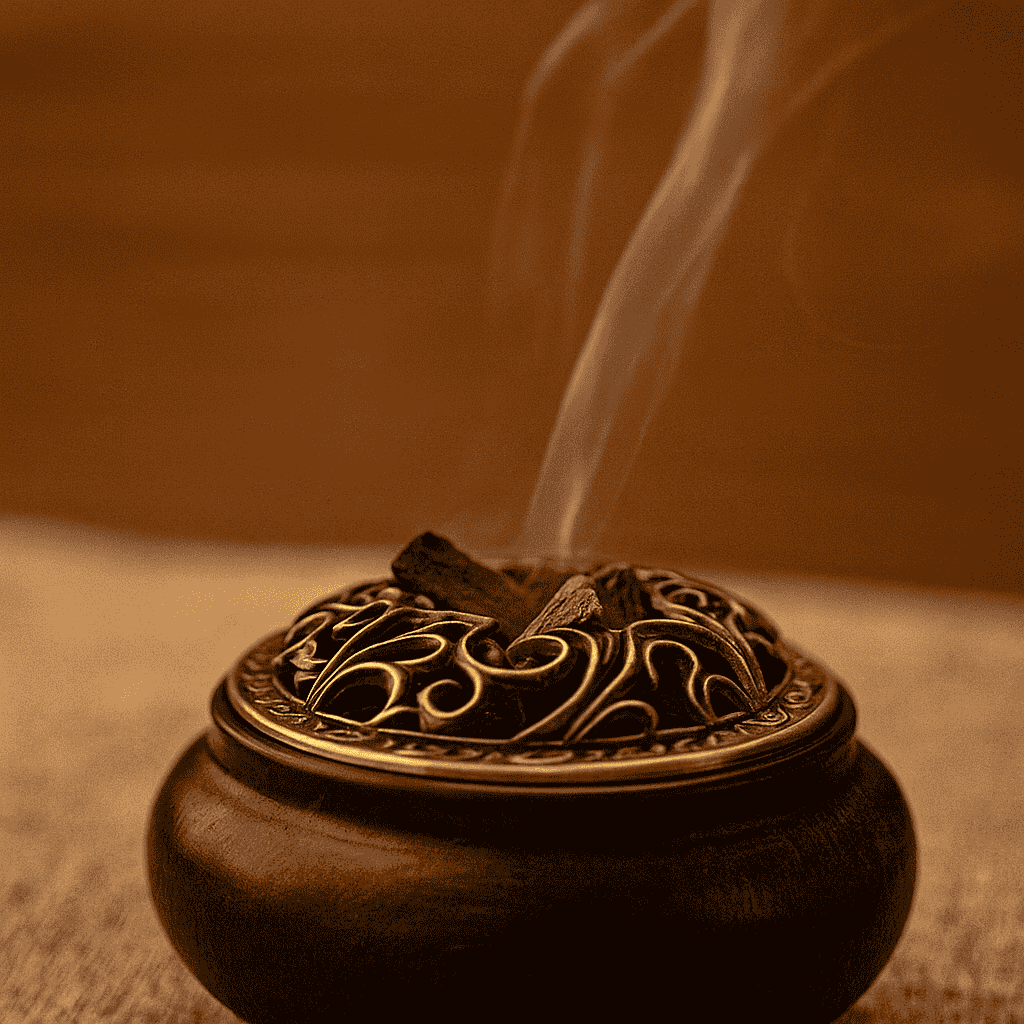
Introduction to Agarwood
Agarwood—also known as oud, oudh, gaharu, chenxiang—is one of the most valuable aromatic raw materials in the world. It is formed when trees of the Aquilaria species produce a dark, fragrant resin as part of their natural defense system.
This resin-rich wood is burned as incense, distilled into perfume oil, or ground into powder for traditional and cultural uses across the Middle East and Asia.
The Oud Tree
We offer a variety of agarwood types, each distinguished by its origin, resin content, and fragrance profile.

Scientific name:
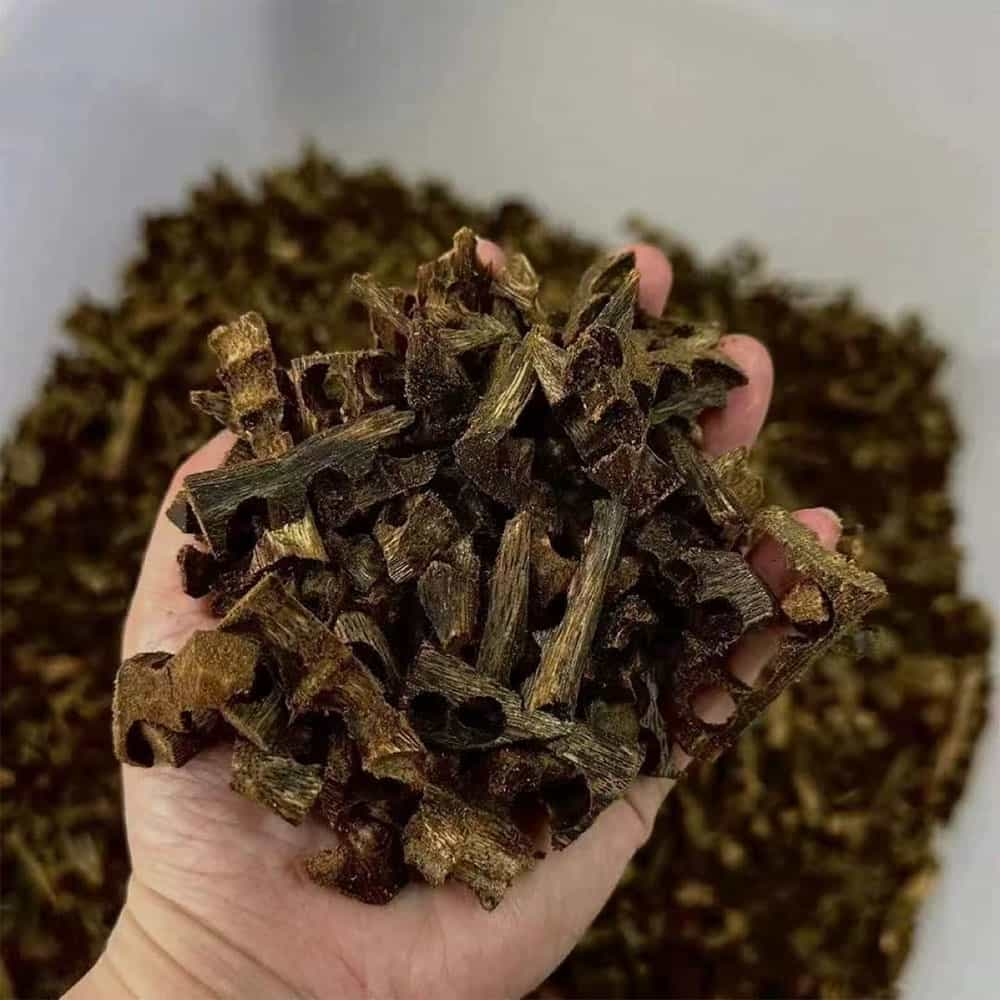
Key species:
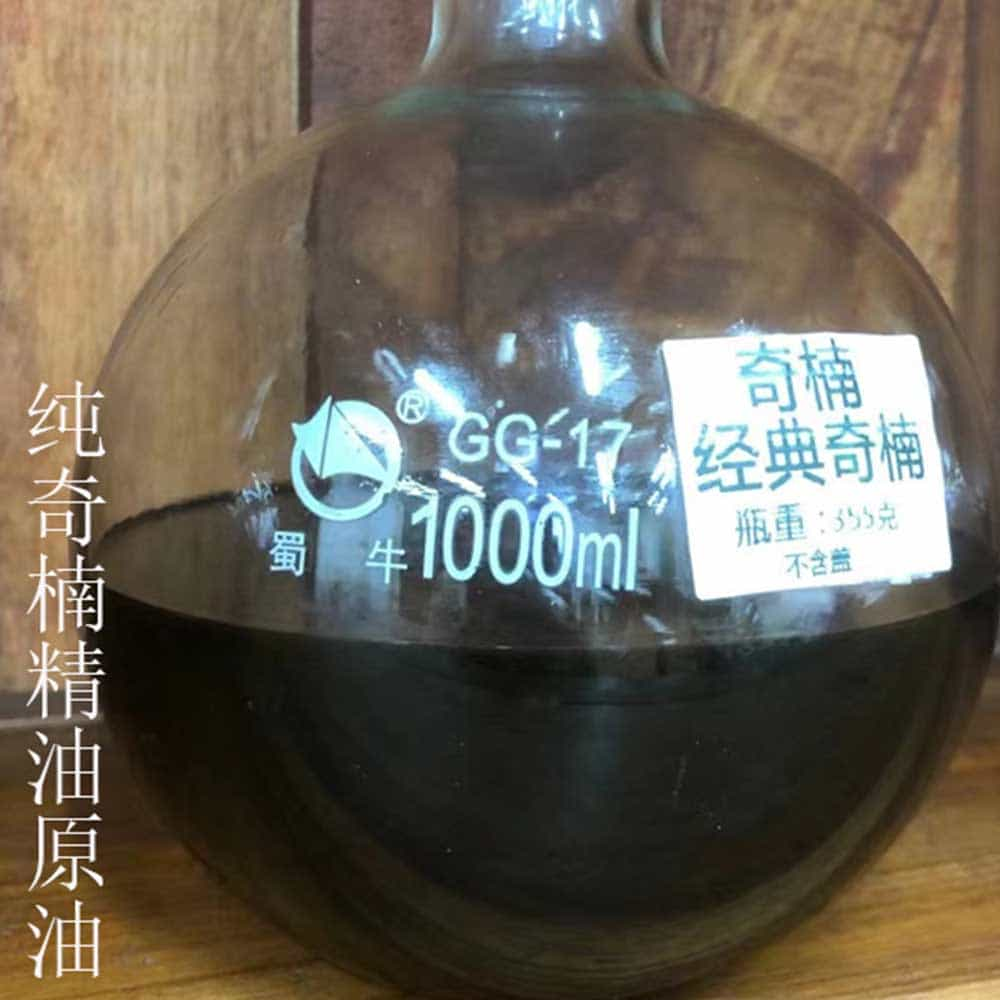
Regions:
How Agarwood Forms
Resin formation is a natural defense reaction. When the tree experiences stress—such as fungal infection, insect damage, a broken branch, lightning strike, or artificial inoculation—it begins to produce a dark resin to protect the wounded area.

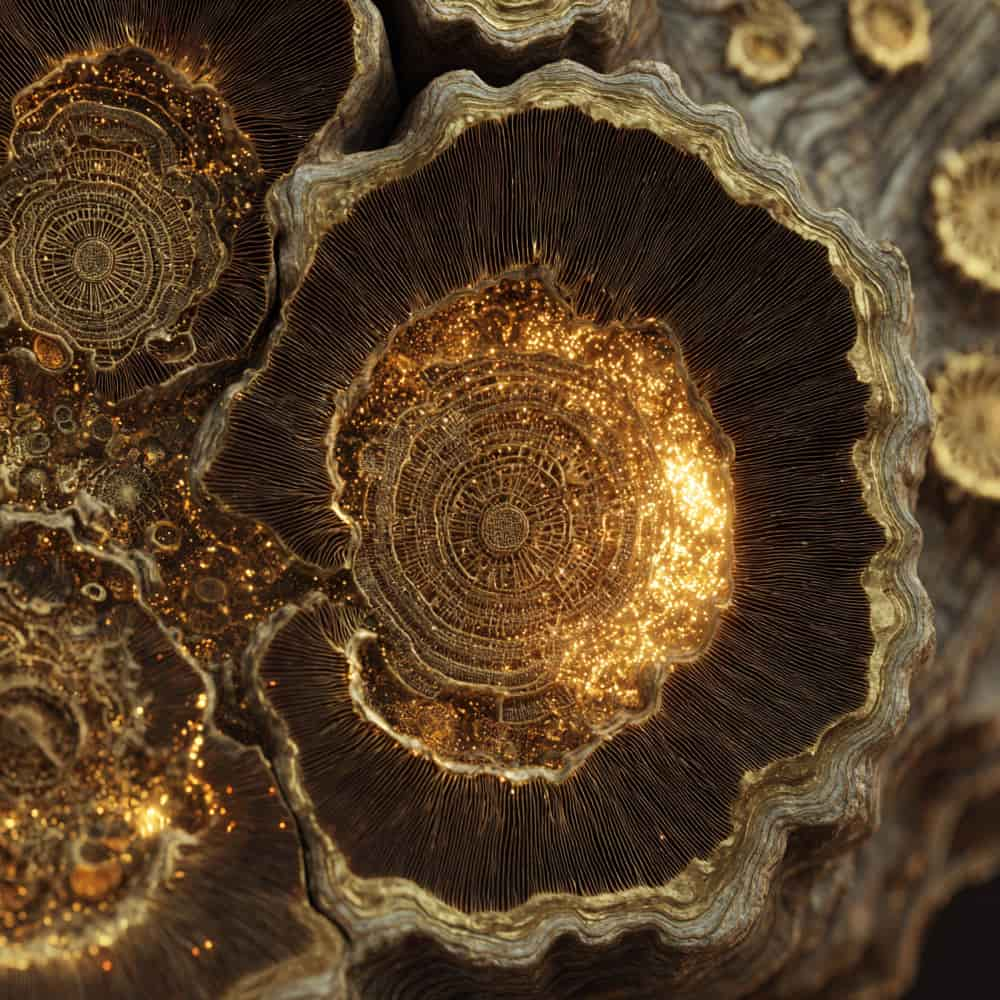
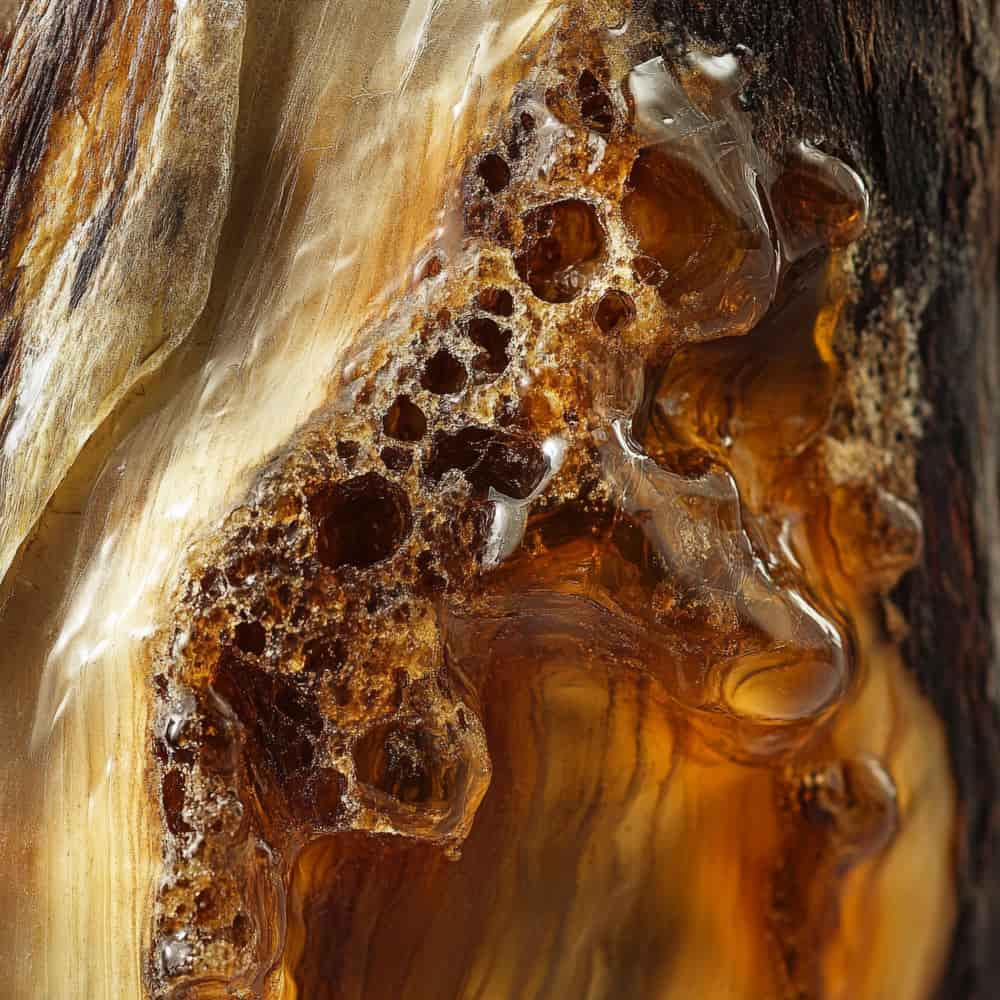
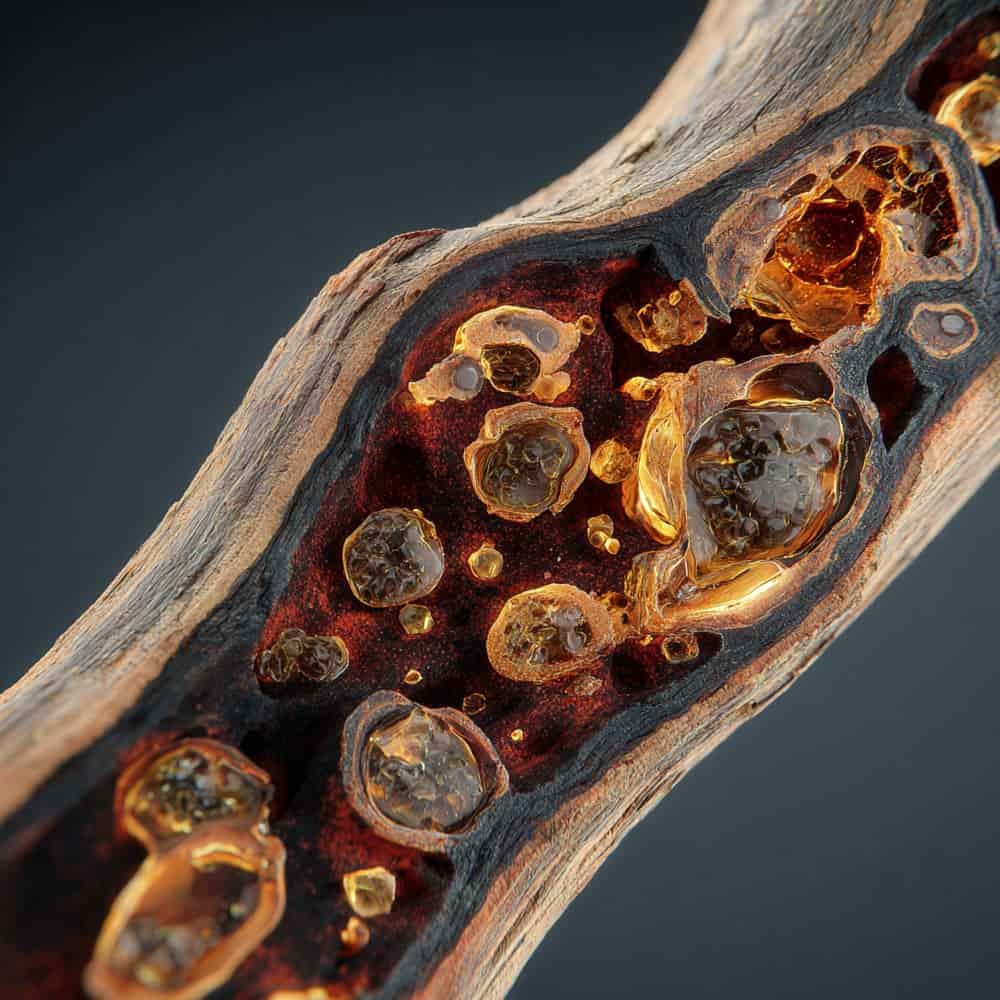
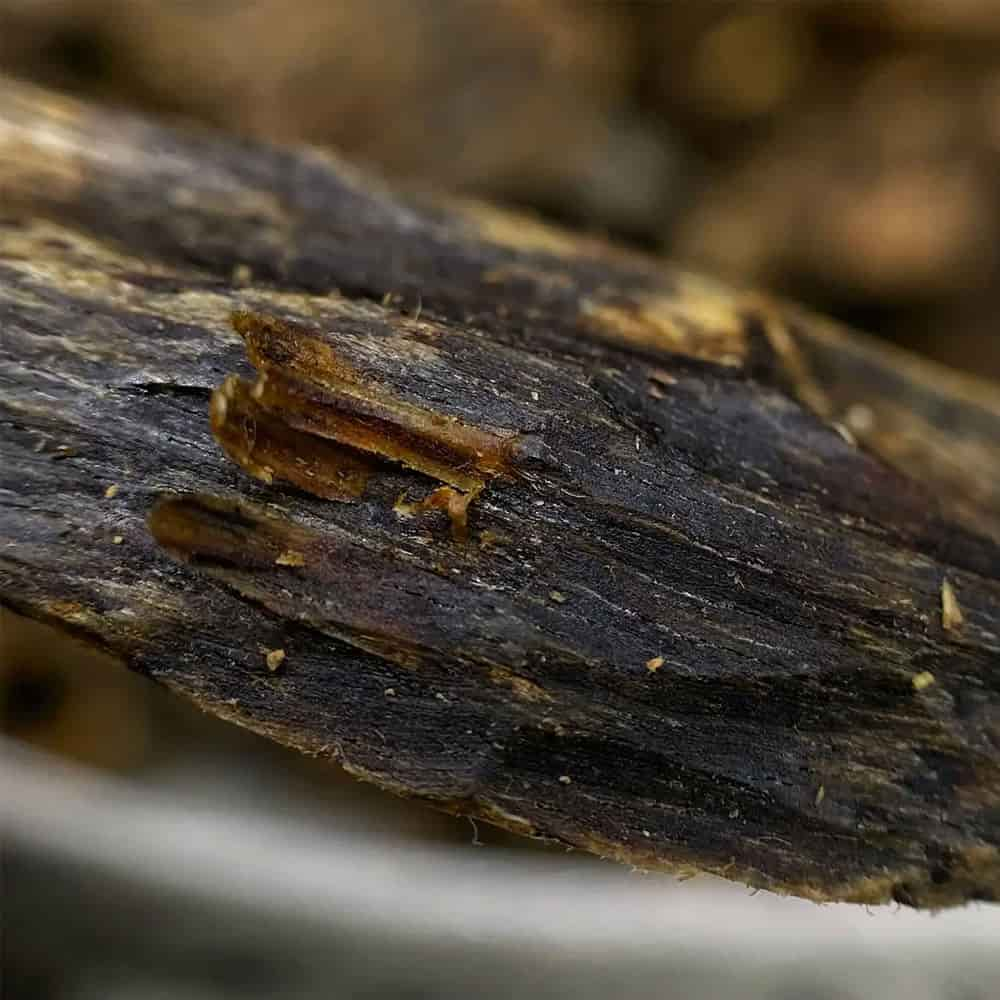
Stages of agarwood formation:
- 1.Injury or infection
- 2.Immune response activation
- 3.Resin secretion begins
- 4.Resin gradually hardens and darkens
- 5.After years, the aromatic agarwood forms
When the Aquilaria tree experiences physical stress—such as a broken branch, an insect attack, drilling by borers, fungal infection, lightning damage, or intentional inoculation—a wound is created inside the trunk or branches.
This wound exposes the inner heartwood and triggers the tree’s survival mechanisms.
Only a small percentage of Aquilaria trees naturally encounter these conditions in the wild, which is why naturally formed agarwood is extremely rare.
Just like the human immune system responds to protect the body, the Aquilaria tree activates its defense system to isolate and protect the damaged area.
Inside the wounded region, the tree begins producing defensive enzymes and antimicrobial compounds to prevent further infection.
Once the immune system is fully activated, the Aquilaria tree starts producing oleoresin—a dark, sticky, aromatic material.
This resin fills the wounded channels inside the wood, acting as both a protective seal and a way to neutralize pathogens.
Over time, the resin slowly oxidizes, polymerizes, and hardens.
This process turns the originally pale heartwood into dark brown, black, or deep gold resinous wood with a strong fragrance.
The final stage is the full maturation of aged resin inside the wood.
This matured resin becomes Agarwood, ready to be harvested, chipped, distilled into oud oil, or processed into incense.
This process can take 3–40 years, depending on species, climate, and resin density.
Types of Agarwood
Agarwood varies dramatically across regions. Each origin has a signature scent profile valued in the perfume and incense world.
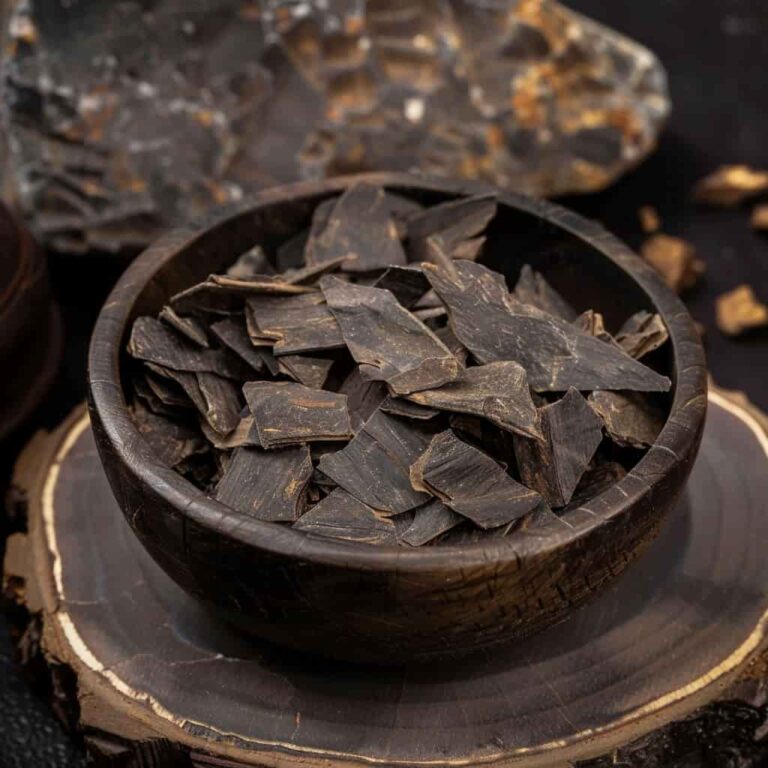
Vietnam Oud
*Includes Kyara/Kynam, the world’s rarest grade

Cambodia Oud
*Highly popular in Arabian incense

Indonesia Oud
*Abundant supply for bakhoor manufacturers
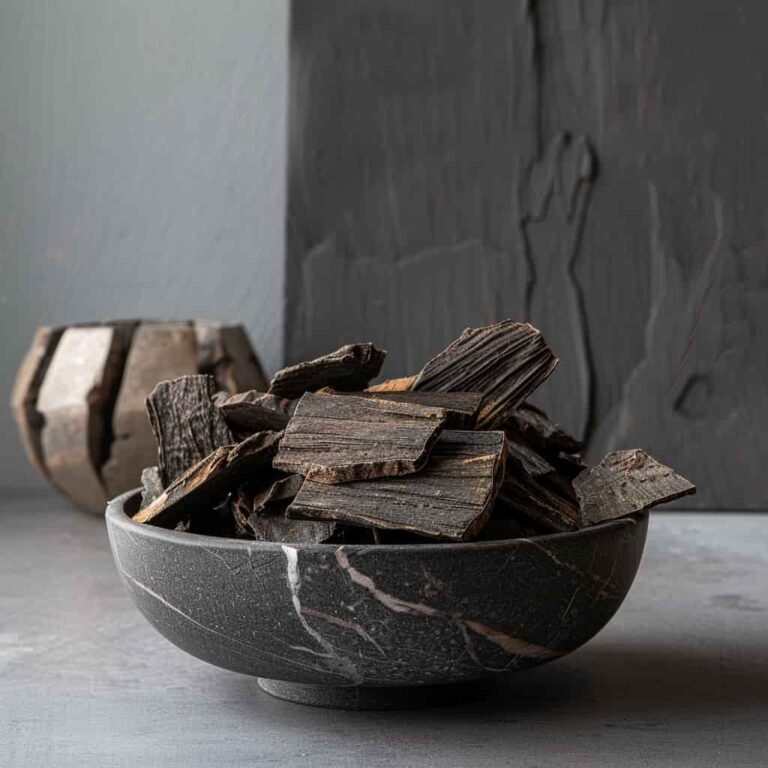
Chinese Agarwood (Guangdong Maoming/Hainan)
*Used heavily in traditional incense culture
Why Is Agarwood Valuable?
Agarwood is valuable due to:
Natural rarity — Only a small percentage of trees naturally form resin
Cultural significance — Especially in the Gulf region
High demand in perfumery — Oud oil is one of the most expensive perfume bases
Complex aroma — Multi-layered and long-lasting
Slow formation — Decades of natural development
Limited legal supply — Protected under CITES regulations

Forms of Agarwood
Agarwood is traded in several forms, each used differently:
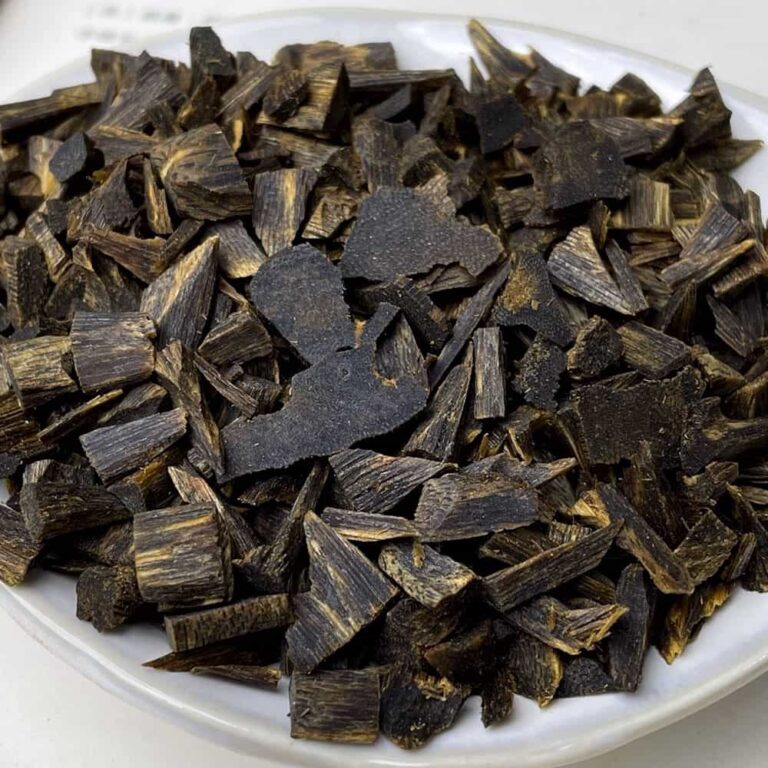
Agarwood chips(Oud chips)
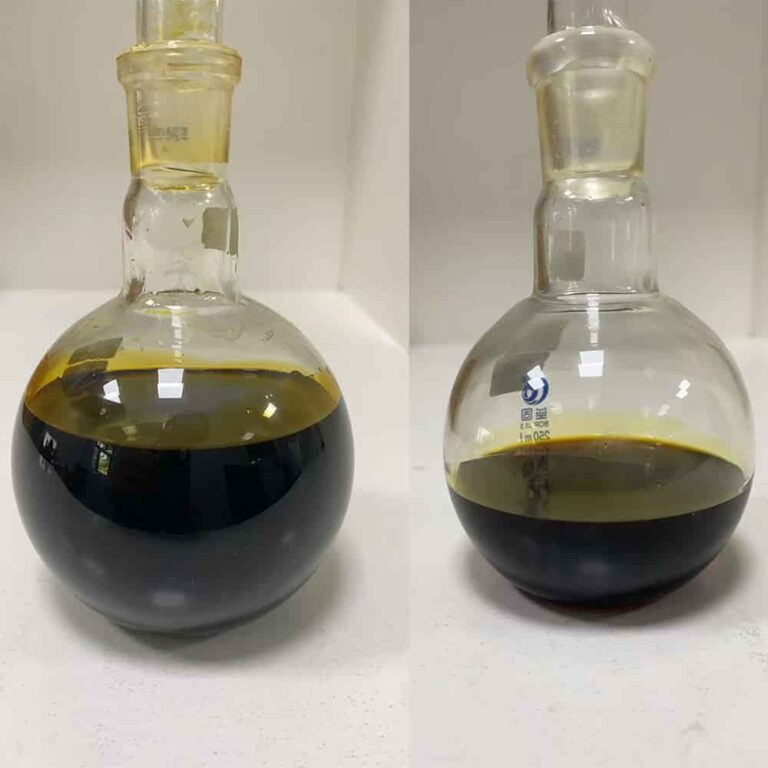
Oud oil (Dhen Al Oud)
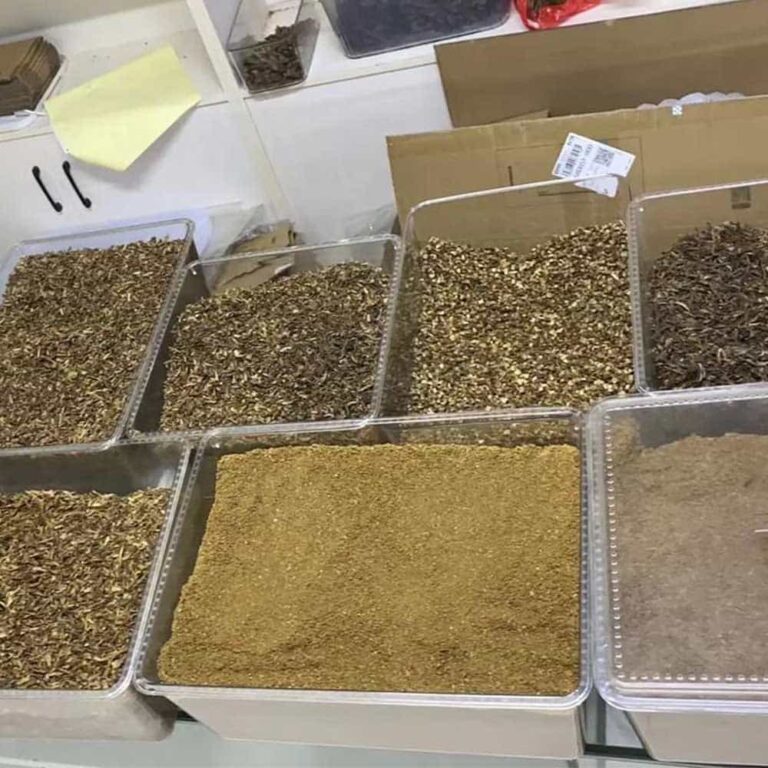
Agarwood powder

Beads & bracelets
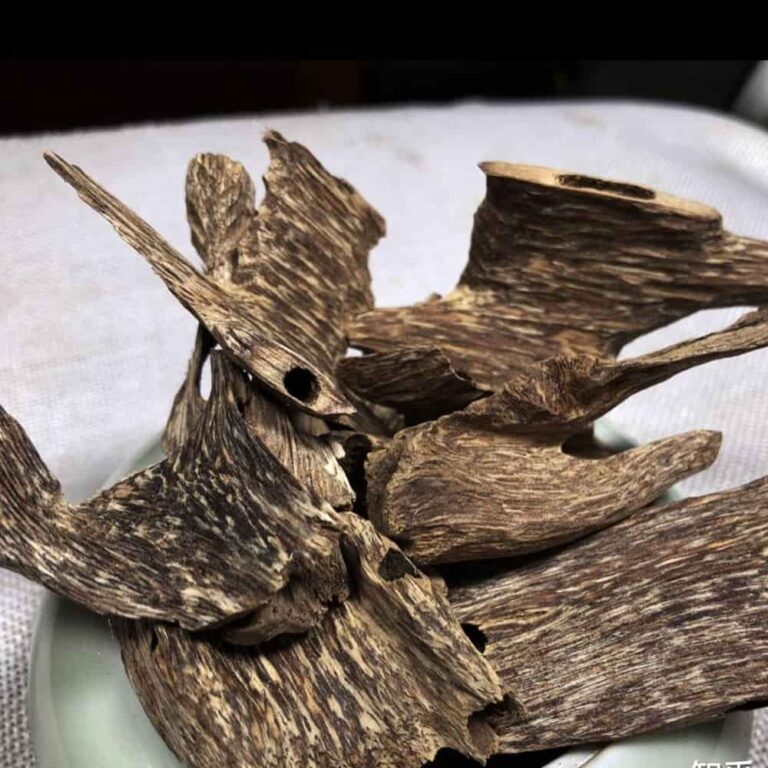
Blocks & wood pieces
Kyara / Kynam
Kyara—also called Kynam, Qinan, Qi-Nan—is considered the finest and rarest form of agarwood.
Characteristics include:
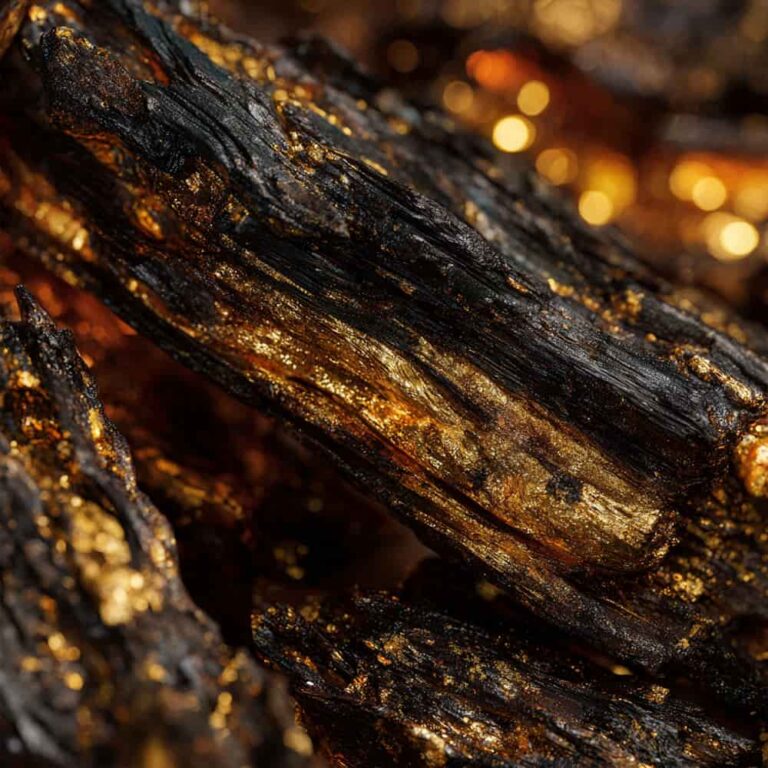
Extremely high resin density

Deep, complex, evolving aroma
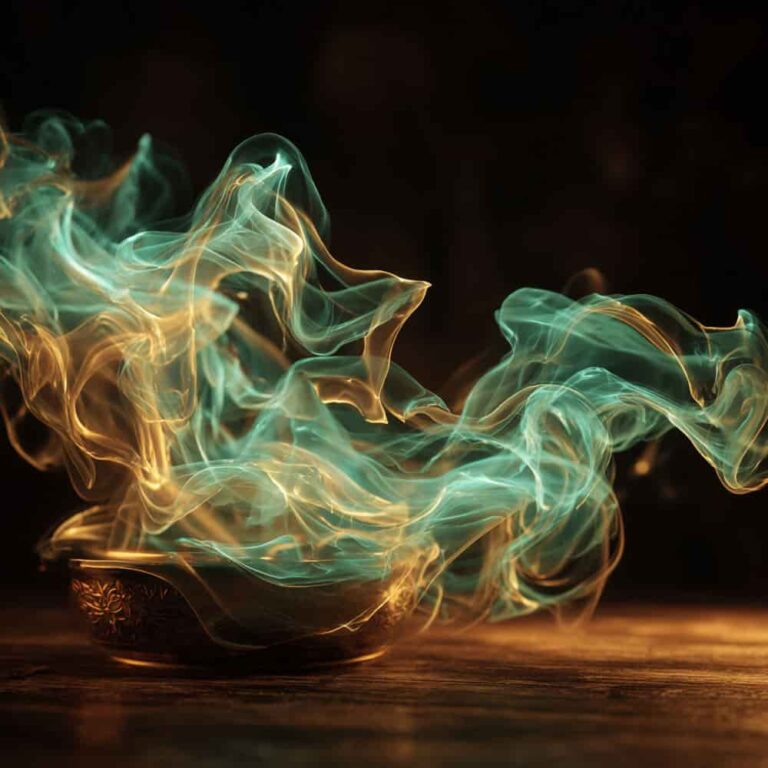
Smooth, cooling sweetness
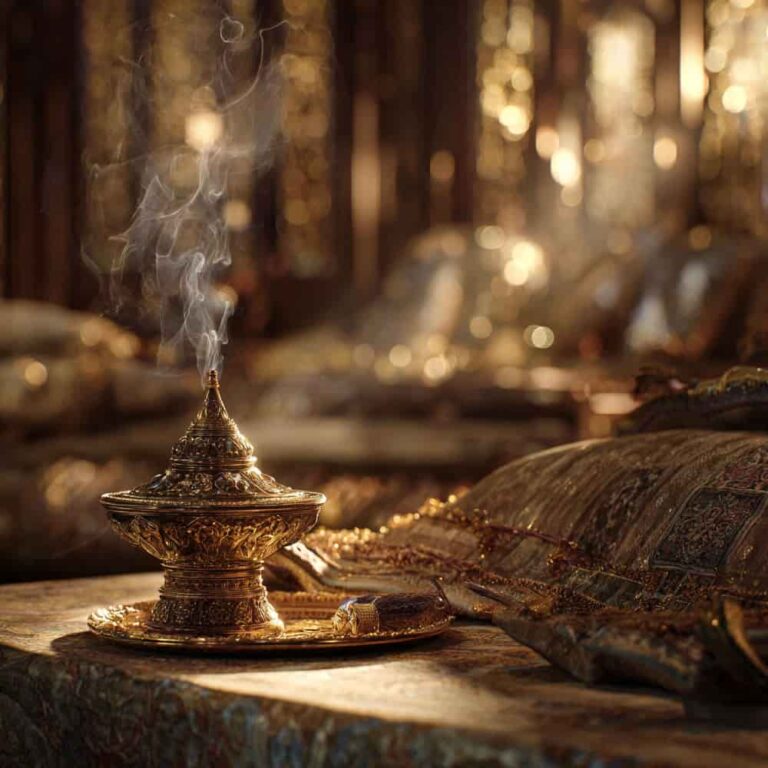
Historically used by emperors and royal families

Very limited natural availability

